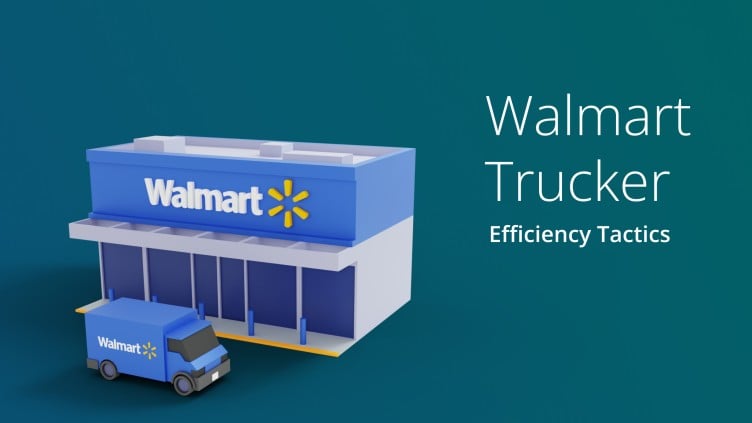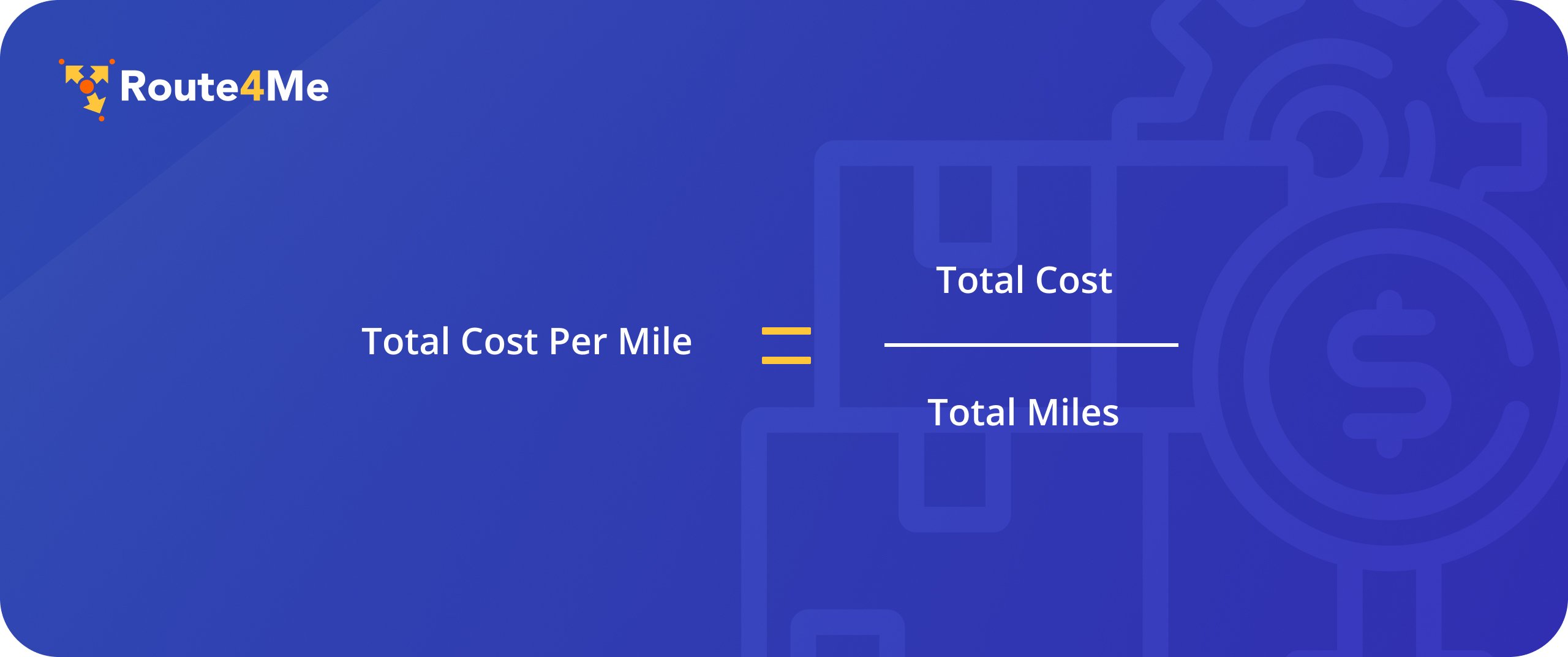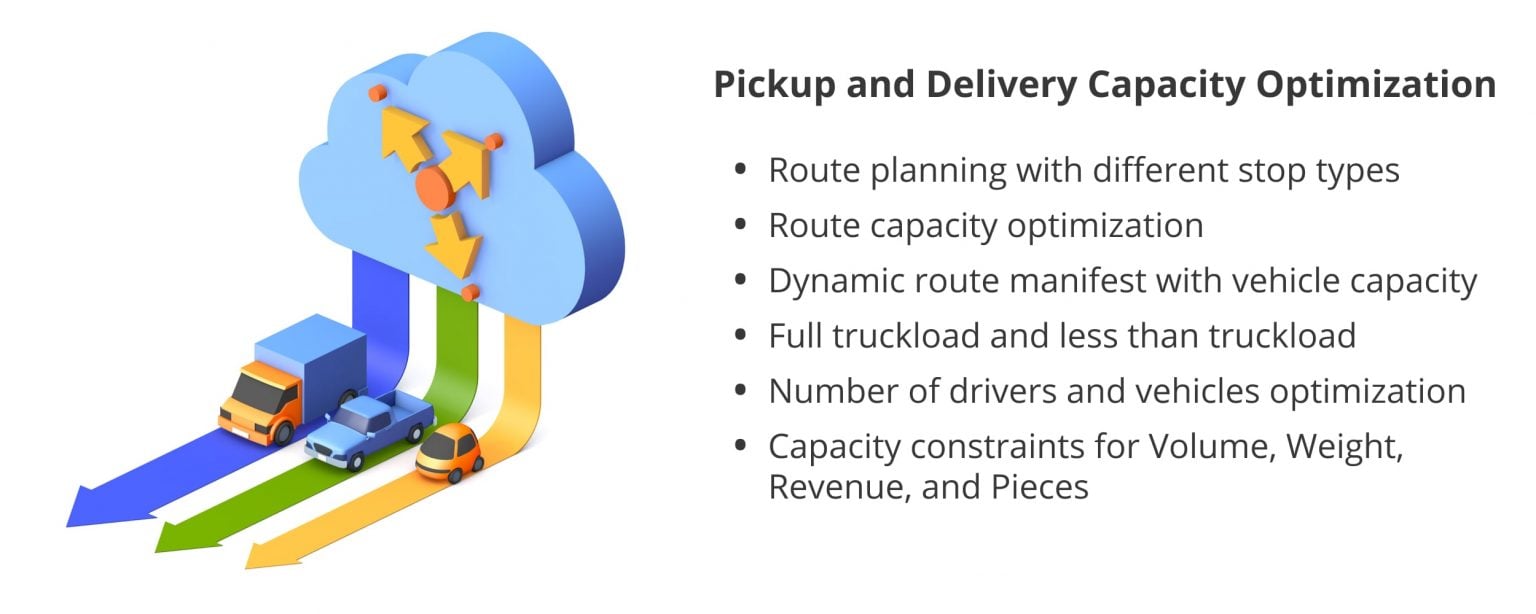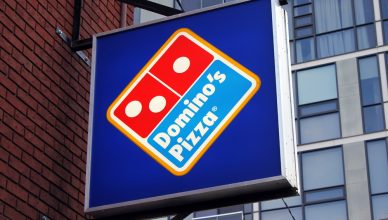Optimizing fleet efficiency can be a monumental task. Truck drivers must contend with various unexpected and unplannable events spanning thousands of miles of road. Even still, however, many companies have found value in its practice.
One example is Walmart truck drivers, having managed to save over $1 billion annually after implementing strategies to optimize driving. While independent commercial truck drivers may not have access to all the tools that Walmart truck drivers do – who can blame them – there are some significant steps everyone can take to work toward efficiency.
Read on below to find out how Walmart optimized its fleet efficiency, what lessons you can apply to your own truck drivers, and how each change matters.
Table of Contents
Proper Route Planning
Effective route planning is the first step to making your fleet of trucks more efficient. The steps toward optimization are generally small; however, this one might have the single most significant impact for any company with commercial drivers. Planning routes for trucks reduces miles driven, increases fuel efficiency, and can get you to deliveries quicker, increasing your earning potential.
Scheduling also falls under this category. Walmart truck drivers always set out with efficient routes targeting multiple stores or warehouses, and all truck fleets should do the same. Properly planned routing and scheduling can even account for changing factors like traffic patterns and delivery times.
While it’s technically possible to plan routes without software, it’s not the best use of your time. Creating the best routes for your truck by hand can take hours each day. If something changes post-planning, such as a new delivery or a location change, you’ll have to retake the time to fix things. Instances like this can mean a significant time investment and potential revenue loss for independent truckers. The problem only grows worse if you’re managing a fleet of trucks.
Instead, choosing a proper route management software saves countless hours and dramatically increases efficiency. Route4Me includes real-time routing optimization for entire teams, plans routes within a minute, and tracks driver statistics for further efficiency changes. The right app can even help prevent your drivers from making common field service mistakes.
Want To See For Yourself How Route4Me Can Improve Fleet Efficiency and Boost Profits?

Using Routing Data to Improve Your Efficiency
The right routing and scheduling software increases your efficiency, brings you more profits, and reduces your costs. While these are the pillars of a great route planner, you want to look for the small details to increase your truck driver efficiency. Things like flexible trip planning, ease of use, and team tracking help the most.
Data tracking and usage are some of Walmart’s critical factors in improving fleet efficiency. They collect information about idle times, speed, routes, even gear shifts, and more from each truck in their fleet. Then, they batch this data together and look for trends that reduce their cost per mile. Team tracking is a direct way to do some research of your own.
Route4Me lets you track where your employees are and how fast they travel in real-time. This gives you additional data about how individual drivers are performing while letting you confirm that they’re on the proper routes and sticking to the schedule.
When combined with a GPS trucking app created specifically for commercial vehicles, you will have more data than ever to work toward maximum fleet efficiency.
Find Your Fleet’s Baseline Efficiency
The baseline is the total cost it takes to run your vehicle business, which is extremely important to understand. Without knowing how much your services cost to run, it’s impossible to ensure you’re earning enough to survive. Understanding your baseline is vital to tracking fleet efficiency over time.
There are plenty of ways to track your baseline. Like any other business, the cost of your fleet breaks down most simply into what it costs to stay in business. This means pooling all the business expenses together over a set period, including maintenance costs, vehicle purchases, fuel, payroll, software, hardware – everything. Lumped together, this is your total cost.
Total cost is essential for calculating prices, profit margins, and more. However, it is not the key to calculating fleet efficiency. To do that, you want to find your total cost per mile.
Cost per mile is a simple figure to find. Divide your total cost by the total miles driven by your trucks.
Improving this figure is the end goal of optimizing your fleet. Reducing cost per mile means extra profits, leading to growth, stability, and generally good business health. Best of all, it’s easy to track critical data with Route4Me’s integrations, so you can get everything you need in your accounting software of choice.
Automate Administrative Tasks Whenever Possible
Improving efficiency means more than just reducing mileage and direct travel costs. Administrative tasks can often be automated to reduce the time spent on business maintenance and operations. This is especially important for independent commercial drivers, as time spent behind the desk directly means less time earning money. However, improving administrative task management helps every organization level.
In particular, manual data entry takes a significant chunk of time. Managing spreadsheets or endlessly creating pivot graphs can take hours a week and increase operating costs. Route4Me’s automatic data collection also helps here. You don’t need to spend additional time tracking miles, drivers, or routes. It’s all laid out for you.
Automating other tasks or appropriately delegating them is also helpful. Inspection forms, service history, and payroll should all be on a system that updates whenever necessary. This ensures that a forgotten document or lost record won’t hold up your business.
Create Connections Between Drivers
If you manage a fleet of vehicles, one of the best ways to increase efficiency is to enable them to communicate easily with one another. Team communication has several uses, one of which is reducing time spent dealing with problems. Drivers shouldn’t need to spend precious minutes figuring out if their truck was recently serviced or what to do if a road is unexpectedly closed. Facilitating communication between the team means they can help each other out and helps others avoid the same issue.
This communication also lets fleet managers know where people are as well as the cause of any holdups. The best routing and scheduling software seamlessly connects drivers out in the field to managers in the office, so every part of the business runs smoothly.
Individual Truck Driving Tips for Fleet Optimization
Until now, we’ve focused on organization-wide changes that can increase fleet efficiency. While these are important, the individual performance of each of your drivers also matters. Better driving can decrease fuel usage, directly reducing cost per mile and improving your company’s carbon footprint.
These changes don’t have to be drastic, either. Many tips used by Walmart truck drivers are easy to implement and result in direct, rippling changes in your cost per mile. You may find more driving tips and modifications to implement by analyzing your own fleet’s data. While these are a great start, maintain flexibility. Every truck and driver may have different ways to optimize their cost.
Remember that these changes are small; one driver making these changes once or twice will not affect your fleet efficiency noticeably. However, these changes can save billions of dollars when applied at scale. While your fleet is almost certainly not as large as Walmart’s private one, driving changes can still reduce your total costs. Here are some tips shared among truckers:
Using Cruise Control
Modern engines and trucks are built to optimize fuel efficiency. One of the best ways to do that is by using cruise control whenever possible. Just like in a regular car, cruise control for commercial vehicles regulates speed without the driver needing to press the accelerator pedal. This reduces slight variations in speed and engine power that naturally come up during a drive. Many engines will even optimize resuming cruise control speed in the most fuel-efficient way possible. Spread out over the thousands of miles your fleet travels, reducing these slight inefficiencies can save enormous amounts of money.
Cruise control is most useful on long stretches of highway or interstate, the exact locations your trucks are most likely to drive on. While it’s not a helpful tip when your trucks face traffic, it’s a worthwhile change for most truck drivers. Let your fleet know to use cruise control whenever possible and track how their fuel economy increases.
Shifting Gears More Efficiently
When Walmart started analyzing the habits of their fleet, they came across an interesting find; skipping gears during shifts increased fuel efficiency. While this obviously can’t happen every time a gear shift is needed, it is something to keep in mind. When it’s safe to do so and it makes sense for the road, having your drivers skip a gear can help your fleet get more miles per gallon.
Experienced drivers or those who first learned to drive on a manual transmission may already do this, even if they don’t think about it. That’s a great thing. Changes that are easy to implement or already occasionally being done will take hold quicker and increase your truck driving efficiency faster.
Reducing Idle Times
Idling is an unfortunate necessity for fleet drivers. Sometimes you have to wait on a delivery, get stuck in traffic, or need to leave the engine running for any other reason while the truck isn’t in motion. While these are just a part of the job, reducing idle times helps tremendously cut costs and fuel use. Idle time reduction was a significant reason Walmart truck drivers became more efficient.
Any fuel used by a commercial vehicle that’s not in motion is considered wasted. The results can be severe, too; the average 18-wheeler only gets 6 miles per gallon of fuel. With such high fuel consumption, idling for even a few minutes can result in significant costs. As with all other methods we’ve discussed, idle times only become more of an issue as the fleet scales. Route4Me’s route planning can help you avoid traffic and idle times and create a more fuel-efficient fleet.
Another reason why reducing idle times makes your truck drivers more efficient is less wear and tear. While most required maintenance comes from time on the road, there are still moving parts in the truck while idling. Though the vehicle isn’t in motion, things like belts, fans, bearings, and more are all still in use. Idle times mean additional wear and tear without any benefits of driving to a delivery.
Optimizing Vehicle Load
The heavier a vehicle is, the worse the fuel consumption. This is why 18-wheelers and commercial trucks, in general, are so inefficient. Not only are they large, but they can carry thousands of pounds of goods on each trip. However, trucks’ significant transportation weight introduces an opportunity to optimize vehicle load.
The U.S. Department of Energy found that every 100 pounds in a vehicle decreases its fuel efficiency by about 1%. While 1% may not seem like a lot, it’s one of the more impactful changes a truck can make. Balancing the weight of goods between vehicles can result in massive savings if you’re managing a fleet of vehicles.
Of course, weight distribution should not be prioritized over route optimization. The efficiency gains from vehicle load are quickly lost if good routes go out the window. Instead, this is something to consider while using Route4Trucks. It can automatically optimize loading and packing after routes have been established to save you even more money.
Optimizing Fleet Efficiency Like Walmart Truck Drivers
Optimizing the little things is the most important part of becoming more efficient as a transportation company. Plan out routes more efficiently to save on fuel. Automate administrative tasks and communication wherever possible to save time-consuming problems. Find your current cost per mile is so you know if the changes you’re making are adequate or if more are needed.
Efficiency always comes down to saving money and time. Routing software helps with that in the most significant way possible. Proper routing and scheduling directly help with many parts of the optimization process and has rippling effects that touch every other part.
It starts with route planning and ends with individual driving changes. The best part is that you can begin using Route4Me’s routing software with a seven-day free trial and see efficiency improvements immediately. Sign up now and get started!
Want To See For Yourself How Route4Me Can Improve Fleet Efficiency and Boost Profits?












